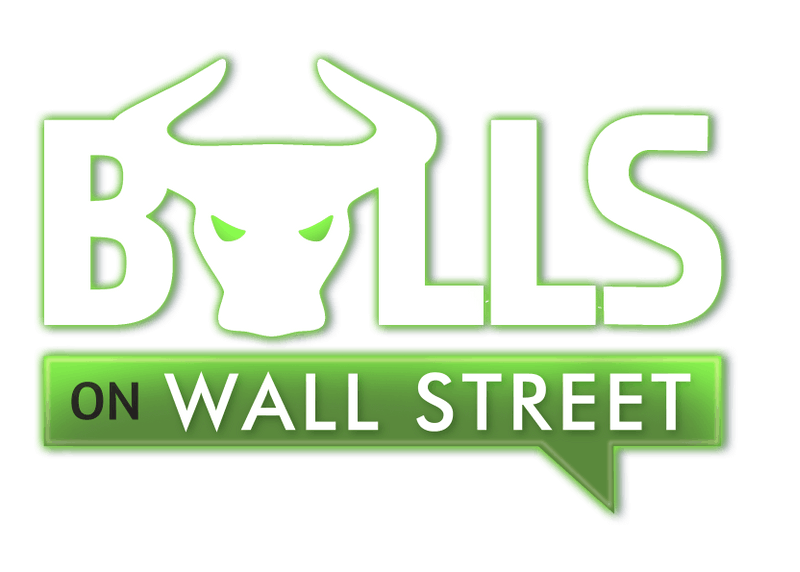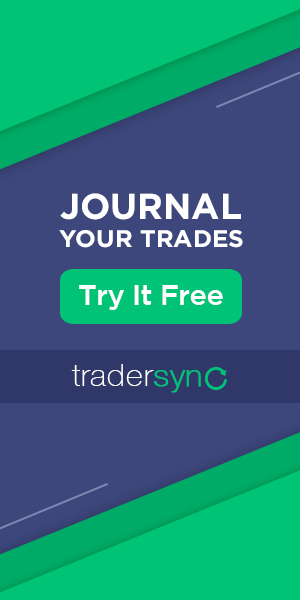Everyone’s goal is to have a fat trading account, with tons of leverage and all the bells and whistles. But very few of us start out with a huge trading account, and that’s actually OK. Trading with a will help you develop skills that will keep you from blowing up that huge account in the future. And aside from the skill-building aspects, there are some straight-up advantages – things you can do with a small account that are difficult or impossible for institutions or large retail traders. Let’s see you can make the most of your small account experience!
Be Selective
Commissions are an integral part of trading. When you enter a trade, you need to recognize that you are starting with a small loss. If your commission is $10, then you start at a $20 deficit (commission for the buy order and sell order) on every trade. This is a flat-fee hurdle that must be crossed whether you are trading with $1000 or $100,000. But starting with a $20 deficit matters a lot more to the small account trader than the large.
To overcome this disadvantage, small account traders usually put the majority of their capital into a single trade. This reduces commissions. The benefit to this is it forces the small account trader to be very selective about the trades they take. It’s much easier to be sloppier, more impulsive, and less selective when you are going to be making 20 trades in a day. But when you are making 1 or 2? Then you want to be sure you are finding and trading only the cleanest charts, with the best risk to reward. This also means focusing on perfecting one or two strategies, rather than attempting to be a jack of all trades and master of none.
Manage Risk
When you have a large account, it’s easy to fudge the numbers in your own head. You use fuzzy math when evaluating the risk/reward of prospective trades, because you are making a lot of trades and the difference between a good risk/reward and an almost-acceptable one feels negligible. With a small account, there is no fooling around. You are usually putting all of your capital into one trade, so if you suffer a loss it has a significant impact on your account as a whole. Additionally, with a small account you are working towards a specific goal – growing your account until you can hold multiple positions at once, or until you have enough to day trade, etc. Any loss feels like a real setback.
If you want to hit your goals and grow your account, you cannot play it fast and loose with your risk management. You need to select trades with good R/R, then you need to be ruthlessly disciplined in your trade management. When you set a stop, you follow it. If you hit your price target, sell! These are rules that every single trader should follow if they want to be successful, but for small account traders it is absolutely crucial – fail to be disciplined, and your small account will become a non-account before you even know what happened.
Trade Nimbly
If you are trading momentum stocks, its important to understand liquidity. A lot of what we trade at Bulls on Wall Street is highly liquid, but sometimes we trade less liquid stocks. And there’s a whole universe of high-potential stocks with middling liquidity. A highly liquid stock is one which has many buyers and sellers entering and exiting positions throughout the trading day. This means that if you are buying, there will be a line of sellers queued up to give you shares at competitive prices. If you are a seller, you’ll find a line of eager buyers ready to buy your shares.
 With less liquid stocks, you can run into a couple challenges. First, the bid-ask spread is larger. This means that the distance between the immediate sale and an immediate purchase is wider. For example, if you buy at $5 a share and then immediately sell, you might only be able to get $4.90 a share – that would be a ten cent spread. The other challenge, and the one we want to focus on here, is the size of the orders. With a liquid stock, you could buy very large numbers of shares at the current ask, or sell a large number at the current bid – there are a large number of market participants. For a less liquid stock, that’s not the case. A large account trader or institution might not be able to get the number of shares they want at the current ask price, meaning they will need to pay a higher price to get their whole order filled. When they are selling, the demand is also lower, so it can take longer to completely sell out of a position. A large account trader might also be forced to sell their shares at a lower price than they’d like, due to lack of demand.
With less liquid stocks, you can run into a couple challenges. First, the bid-ask spread is larger. This means that the distance between the immediate sale and an immediate purchase is wider. For example, if you buy at $5 a share and then immediately sell, you might only be able to get $4.90 a share – that would be a ten cent spread. The other challenge, and the one we want to focus on here, is the size of the orders. With a liquid stock, you could buy very large numbers of shares at the current ask, or sell a large number at the current bid – there are a large number of market participants. For a less liquid stock, that’s not the case. A large account trader or institution might not be able to get the number of shares they want at the current ask price, meaning they will need to pay a higher price to get their whole order filled. When they are selling, the demand is also lower, so it can take longer to completely sell out of a position. A large account trader might also be forced to sell their shares at a lower price than they’d like, due to lack of demand.
Small account traders don’t have these problems. As they are buying smaller blocks of shares, they can more quickly and easily buy and sell at better prices. They also run far less of a risk of getting stuck in a stock because the demand simply isn’t there from the buyers. Small account traders can be nimble, which is a huge advantage. One word of caution, however: regardless of account size, trading highly illiquid stocks is inadvisable. Highly illiquid stocks, including many penny stocks, can make huge moves very quickly. They are also easy to manipulate. I don’t recommend trading any stock with an average daily volume less than 500,000.
Focus
 One of the issues I see end trading careers every week is information overload. A new trader sits down at his computer, the bell rings, and is immediately overwhelmed. He watching a huge number of stocks, flipping through charts, listening to the news, talking to trading friends in a chat room, watching gurus on Twitter, scanning for new opportunities, and managing his positions. And that doesn’t even take into account all the other background noise – a boss popping in for a chat, kids asking for a snack, etc. So how does anyone handle it without throwing a bunch of trades against the wall, sitting catatonic and not trading anything, or having a breakdown?
One of the issues I see end trading careers every week is information overload. A new trader sits down at his computer, the bell rings, and is immediately overwhelmed. He watching a huge number of stocks, flipping through charts, listening to the news, talking to trading friends in a chat room, watching gurus on Twitter, scanning for new opportunities, and managing his positions. And that doesn’t even take into account all the other background noise – a boss popping in for a chat, kids asking for a snack, etc. So how does anyone handle it without throwing a bunch of trades against the wall, sitting catatonic and not trading anything, or having a breakdown?
For the small account trader, focus is required. One of the benefits of this is that the small account trader will only be managing one trade at a time, generally. This removes a massive amount of stress and info overload. Once the small account trader finds and buys his single stock, he can devote most of his focus to watching it play out, and make sure it doesn’t get away from him. If its not a particularly volatile stock, it will be easy to also monitor the market and scan for the next opportunity. It’s a great way to slowly grow accustomed to managing the data and stress of trading, and then slowly increase your mental bandwidth as your account grows and you can hold more concurrent positions.
Evaluate Options
Large trading and investment institutions, like mutual funds, many hedge funds, pension funds, etc. place significant limitations on their traders. One of the most common limitations is to prohibit them from investing in stocks that fail to meet certain minimums, such as stocks below $10, those with volume less than 10 million shares a day, and those with a low float. There are good reasons for institutions to not trade these stocks. With the amount of money institutions are investing, they would find it very difficult to get into or out of low float, low liquidity stocks. Furthermore, most institutions are highly risk averse by nature, preferring to provide their investors with modest gains rather than risk large losses.
What is unsuitable for an institution can be a prime opportunity for a small account trader. While liquidity and float are important to consider, and the most illiquid and erratic stocks should be avoided, there are many powerful momentum stocks that the small account trader can take advantage of. In fact, many of the best momentum stocks are beyond the reach of institutions. With a larger pool of options at your disposal, you will have more opportunities on any given day.
Summary
If you are trading with a small account, don’t despair. We almost all start out there. Not only is it a learning experience that will help you develop skills and habits that will be useful when you are trading $100,000, but there are some actual advantages to trading with a small account. Remember, the goal is to grow your account at a reasonable rate. Once you have a larger account, then you can take more risks and add more positions. The key to that growth is not getting greedy; it’s easy to make $200 – $300. It’s when you get greedy and impatient that you give it all back, and then some.
Make the most of this period of your trading journey and someday you’ll be looking back with a touch of nostalgia for the time you could jump in and out of a single, volatile stock all day.

